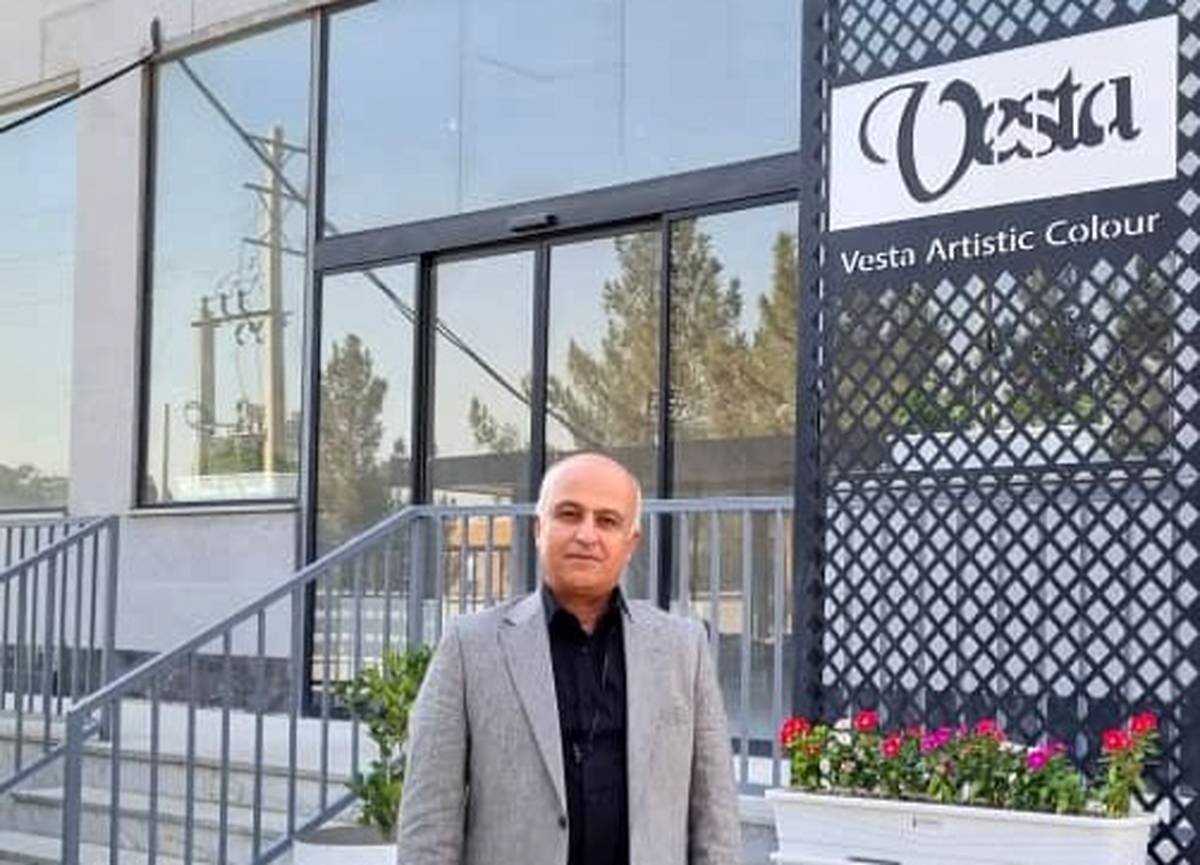
Hamidreza Shafiei: Let Us Take Refuge in Art — It Is the Best Healer
In an age where anxiety and psychological fatigue have become collective traits, we need more than ever to find refuge in something that transcends logic—something created not for profit, but for meaning. If there is still a place left for solace and salvation, without a doubt, that place is art.
ArtDayMe : Hamidreza Shafiei, CEO of Vesta Color, states: “Let us take refuge in art—it is the best healer.” What might first sound like a poetic slogan actually points to a hidden truth at the heart of modern life: that without art, without color, music, imagery, imagination, and feeling, something essential is missing from our existence—a vital elixir.
In a world where speed, competition, and the silent violence of economic and social pressures increasingly suffocate the human spirit, art remains the one realm we can still enter without mediation—and breathe freely.
Shafiei emphasizes: “In art, judgment fades, languages dissolve, and meanings remain profoundly human. This is why art can heal—not through prescriptions or pills, but through a single color, a melody, or an image.”
He continues: “To ‘take refuge in art’ is not merely a moral or aesthetic suggestion; it is a necessity—just like seeking shelter under a safe roof during a storm. Art can touch emotional wounds, untie unseen psychological knots, and sometimes even help us believe again—in ourselves, in others, and in life itself. That is why, as psychological and social pressures grow, so too does interest in the therapeutic potential of art.”
Shafiei notes: “Art therapy, painting therapy, music therapy, and drama therapy are no longer tools reserved only for psychotherapists—they have become a shared language across communities. Today’s human being needs to feel, to see, to create—and through creation, to rebuild the self. And that is precisely what art does: it reconstructs the human soul out of ruins.”
As Shafiei explains, “Color, for example, is not just a chemical substance to cover canvases, paper, or walls—it is a language, an expression. Colors hold emotion, psychology, and impact. With this perspective, art enters real life. It moves beyond galleries and books, finding its way into homes, schools, hospitals, and even factories.”

He adds: “To take refuge in art is to take refuge in the self—in that part of us which is still alive, still dreams, still creates. And perhaps in a world that constantly pulls us away from ourselves, nothing is more important than returning to who we truly are—a return made possible by art. Art must not be relegated to the margins or dismissed as mere entertainment or ornamentation. Especially in this era, art is as essential as bread and safety—for a single profound moment of beauty can save us from the brink of despair.”
Hamidreza Shafiei concludes: “Let us take refuge in art—not as a luxury, but as a necessity. Not as an afterthought, but as a path toward healing, toward continuity, and ultimately, toward survival.”

LEAVE A RELPY